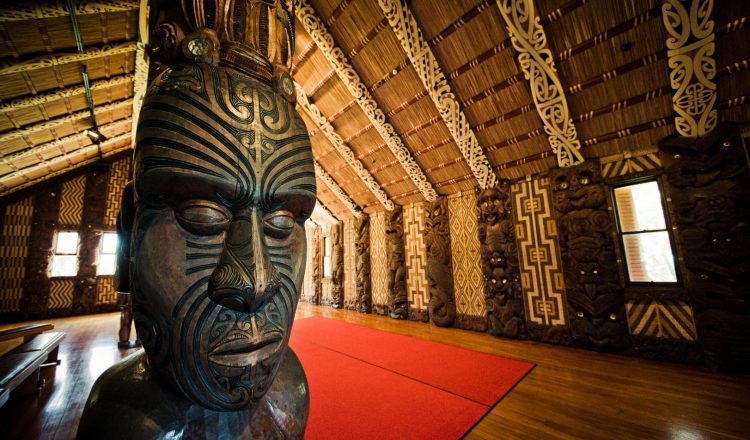Kiwi Etiquette
With New Zealand being such a small island nation and a melting pot for a handful of different cultures, you may be wondering about the social etiquette of the Kiwi people. Do their manners and social norms reflect New Zealand’s European heritage, or has an increased level of equality between cultures on the island made an impact?
The answer, as you may come to expect with New Zealand, is a mix of the both.
Friendly and Welcoming
Given the size of New Zealand and its relatively small population, greeting strangers in the street is commonplace, usually with a smile and a nod. Smiling at people in the street may seem alien for some, as different cultures try to keep their head down and avoid eye contact at all costs, but this is not the Kiwi way. Having a strong sense of community, New Zealanders are known for their open friendliness and welcoming attitudes toward strangers.
Along with this, Kiwis tend to be trusting individuals. With a country that is as safe and happy as New Zealand, there is little need to treat others with suspicion. A great example of this is ‘honesty boxes’, usually left on streets and roadsides. They can contain a variety of things, such as homegrown fruits, vegetables and flowers. The boxes are marked with a price and with no vendor or shopkeeper around, they trust the buyer to pay the amount specified and take what they want.
Respect Maori Culture
With an open, easy-going attitude, it’s known to be relatively simple to blend in with the Kiwis; so long as you have a little common sense and basic manners. The only real etiquette demand in New Zealand, is that you treat the Maori and their customs with respect. The Maori have many sacred places dotted around the country, and you must ask permission from an elder if you want to visit or gain access. Suppose you are permitted to visit a marae (Maori meeting grounds) or wharenui (Meetinghouse), in that case, there are specific rules that you should follow. These include taking off your shoes before heading inside (A practice common throughout most of New Zealand). Rules differ between different marae, so ask around and find out what the locals expect of you.
Although taking your shoes off when entering a house is usually a must, you may notice that kiwis sometimes go barefoot outdoors too. Being from such a rugged environment, especially in more rural areas, dress codes in New Zealand tend to be very informal. This includes forgoing shoes to feel the grass between your toes!
Share and Share Alike
Another key part of Kiwi social etiquette and manners is sharing. New Zealanders have taken great pride in their ability to share in each other’s culture and backgrounds, but it doesn’t just stop there. Friends often share food, and drinks are usually bought in rounds so that everybody contributes. Kiwis may refer to this practice as your ‘shout’, but don’t need to yell, just buy the drinks for your group at the pub or bar! Kiwis aren’t stingy people, so will appreciate the effort to share.

















































